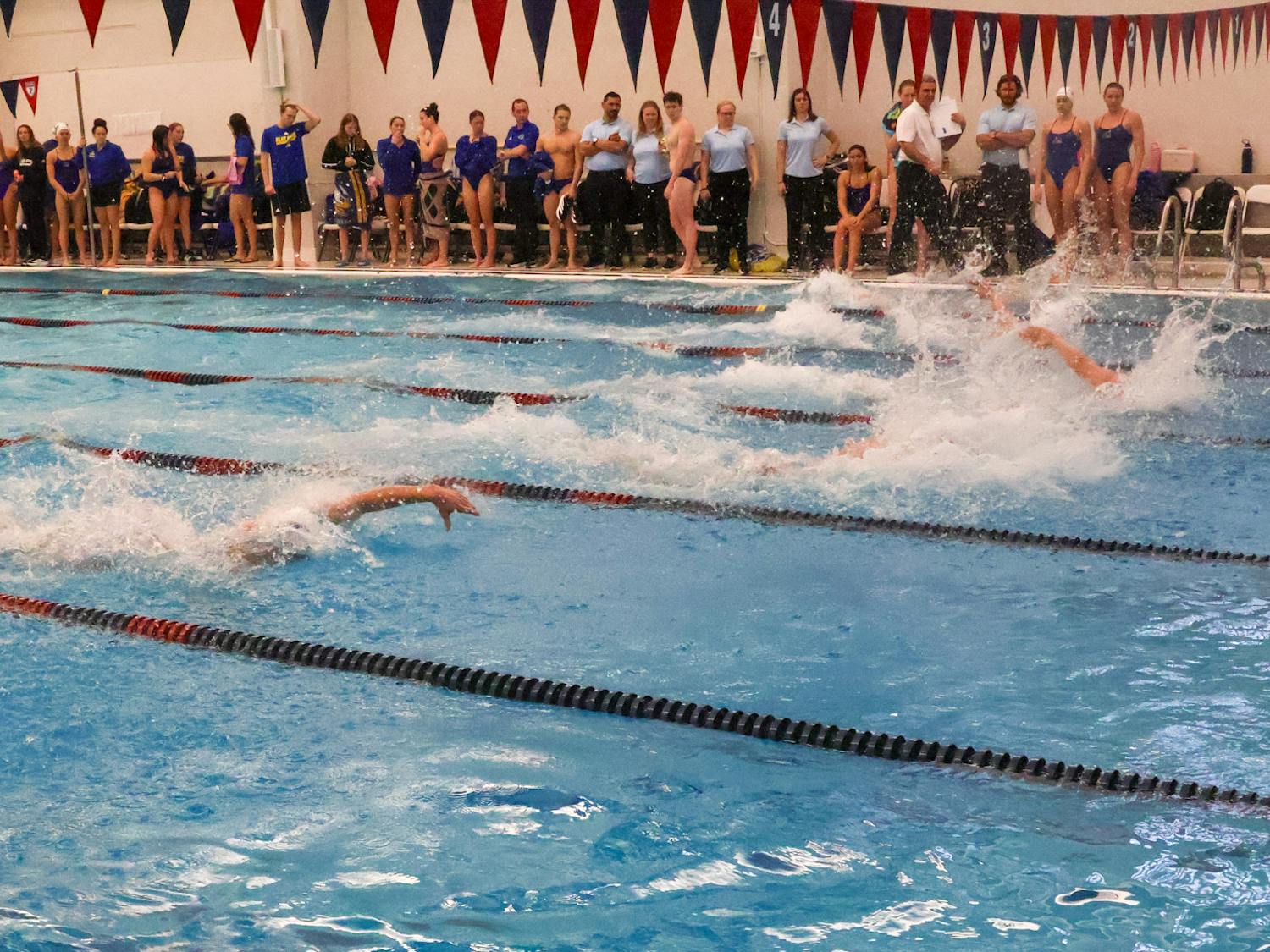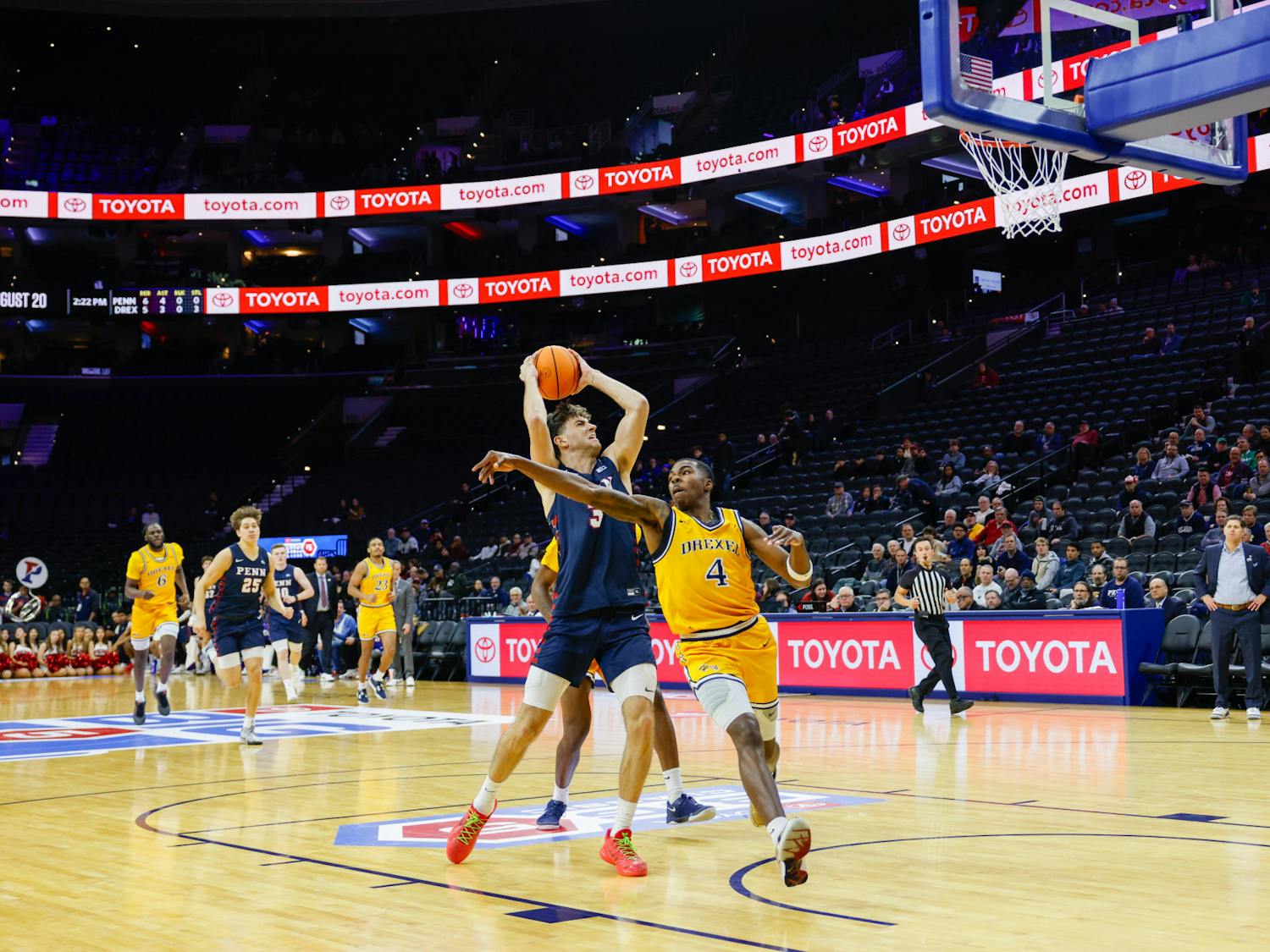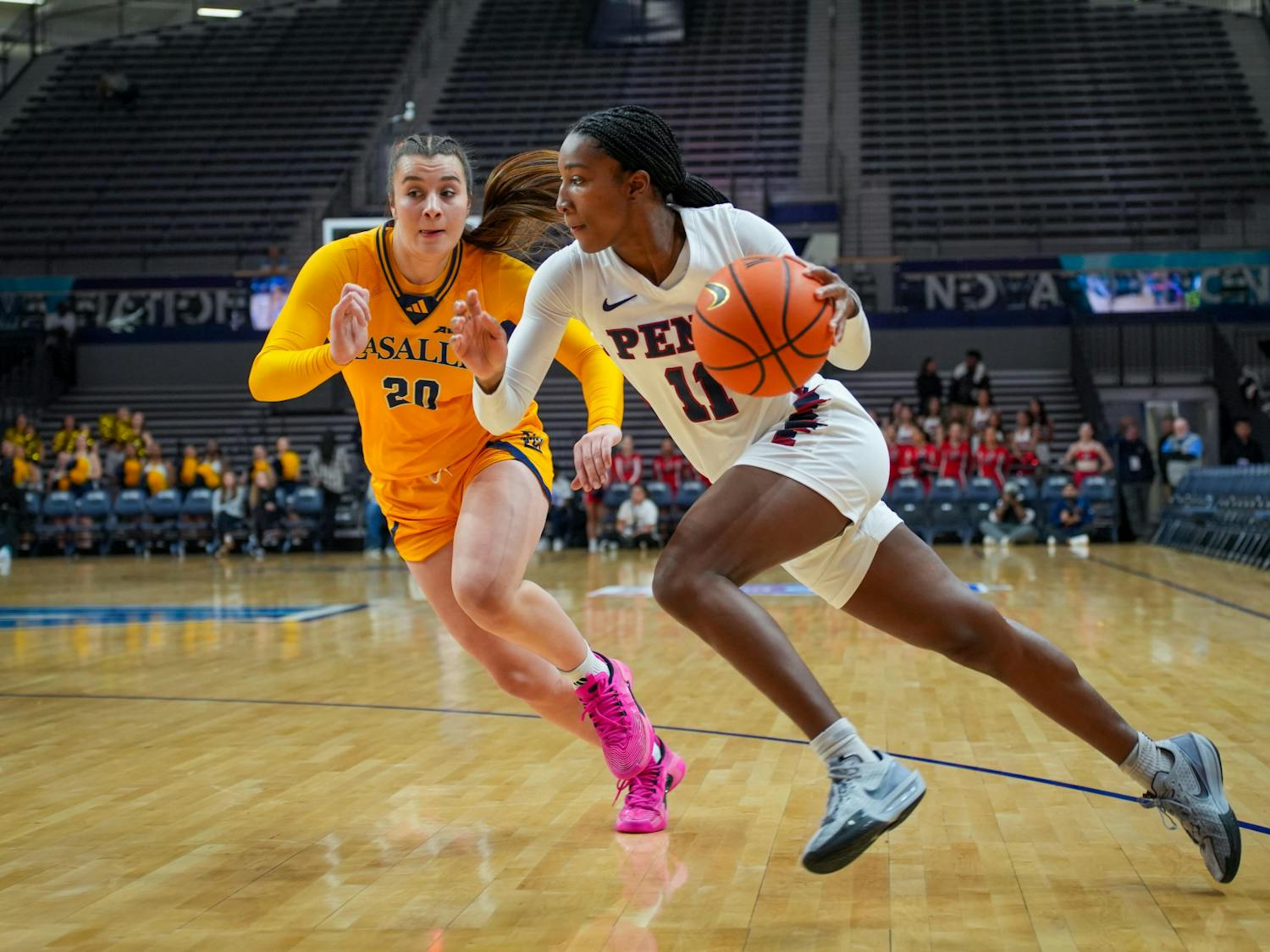This fall, Communication majors will have only five concentrations to choose from in an effort to better reflect the changing field of communication.
The change from 12 concentrations to five is just one of the updates to the University's Communication curriculum, which Associate Dean for Undergraduate Studies at the Annenberg School for Communication Dr. Felicity Paxton announced in an email to all prospective and declared majors on Tuesday evening.
Concentrations give students the ability to specialize in a specific area of interest, while other students may elect to maintain a more generalized curriculum.
Although there will be less concentrations to choose from, Paxton wrote in the email that the new concentrations are larger "umbrellas" to avoid the historic issue of lacking courses under any one topic in the major.
To fulfill the Communication major's Research Method Requirement, the major's recommended COMM 210 Quantitative Research Methods course will be offered in both fall and spring semesters to increase enrollment. Accepted alternatives to the COMM 210 have also been revised to focus specifically on social science research methods, rather than solely on statistics.
While pursuing a concentration remain entirely optional for a Communication major, students may opt in to taking a series of three classes within a specific field of communication to receive one of the five offered concentrations. The new concentrations — Advocacy & Activism, Audiences & Persuasion, Culture & Society, Data & Network Science, and Politics & Policy — represent what Paxton called a "less is more approach."
"When we had these twelve concentrations, it wasn’t working. We didn’t have enough courses to back them up. We didn’t have enough faculty teaching in each one of them. Students felt like they had to make these very narrow choices. The new [concentrations] are going to give students much more flexibility,” Paxton said.
Students in the Class of 2021 or Class of 2022 who declared their major before May 2020 may still choose a concentration from the previous list of 12 concentrations, as long as it is approved by the Comm Undergraduate Advising Team.
RELATED:
Annenberg study finds social media usage linked to misinformation about vaccines
Annenberg's FactCheck.org debunks several viral coronavirus conspiracy theories
Over the past several years, fewer than 20% of Communication majors pursued a concentration.
Many of the concentration changes stem from the priorities Annenberg is placing on cutting-edge, theoretical research, Paxton said.
While the Communication major is administered by the College of Arts and Sciences, it is organized in conjunction with the Annenberg School of Communication graduate programs. As a result, Annenberg's graduate school faculty and research impact the school's undergraduate curriculum.
Undergraduate concentrations are provided so that students may showcase an area of expertise for graduate school or to potential employers, Paxton said.
She said the curriculum changes are the result of a long process of analyzing internal and external assessments of the undergraduate Communication Department at large, as well as of many meetings and discussions with Annenberg's faculty, students, and subcommittee on undergraduate education.
The updated curriculum is a part of the University-wide Next Generation Student Systems program which works to update the mechanisms by which classes are rostered, how those classes are taught, and each class' online infrastructure. Many NGSS programs in other departments have been delayed by the COVID-19 pandemic, though the Communication major decided to move forward and release the concentration changes as planned.









